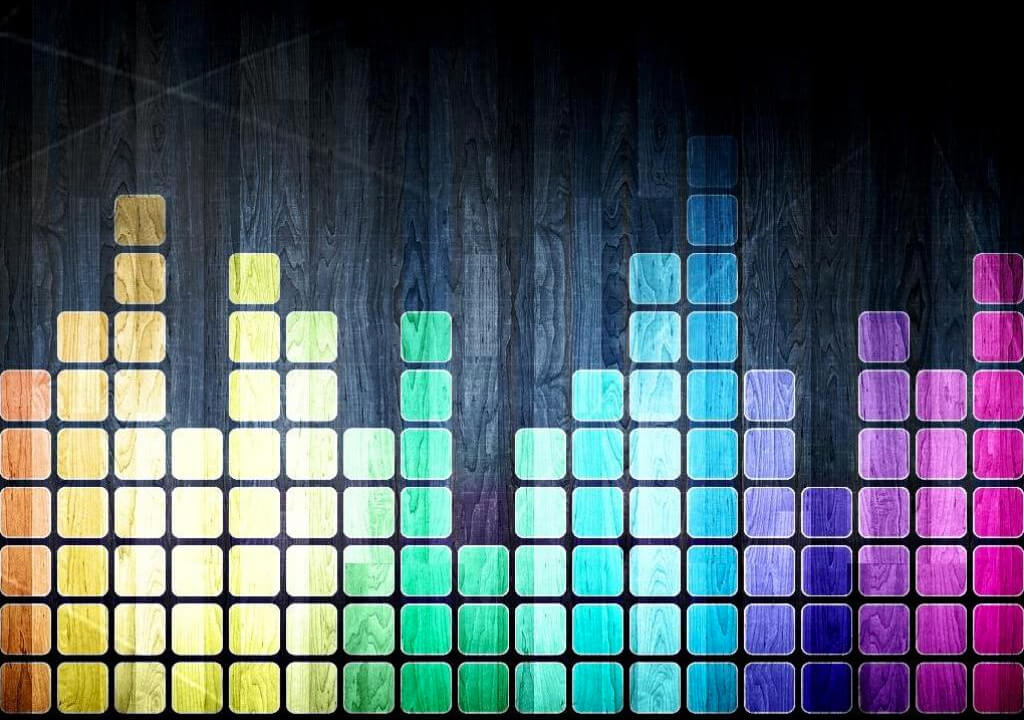
What happens when a technology gets as good as it can?
It’s an interesting question, and not necessarily as far-fetched or ill-timed as you may imagine.
Consider the world of digital audio. As a musician, music lover, former music equipment industry journalist and self-professed audiophile, I admit to caring a lot more about audio than most, but there are certain facts that are interesting for anyone to think about. We can now record and playback audio, particularly music, at a level that is arguably beyond what most any human can actually hear. Today’s HD Audio equipment supports 24-bits per “word” at recording resolutions of up to 192 kHz (and sometimes even higher). To put that in perspective, uncompressed CD-quality audio is 16-bit at a recording rate of 44.1 kHz.
From a purely technical perspective, recording resolutions could go even higher, but for any applications involving people, there’s no point: digital audio recording technology has peaked.
In other words, today’s highest resolution stereo formats have about 6.5x more data than what many consider to be at the upper end of what the average person can discern. Also, bear in mind that many people happily listen to 128 kbps MP3 files, which stream at a rate that is less than 1/10th that of uncompressed CD-quality audio (1,411 kbps).
From a purely technical perspective, recording resolutions could go even higher, but for any applications involving people, there’s no point: digital audio recording technology has peaked. So, does that mean developments in digital audio have stopped? No, but they have gone off in lots of interesting directions, some of which could prove to be interesting predictors of where other technologies might follow.
First, as with many technologies, price points for higher-quality audio components and technologies have come down. You can now find reasonably high-quality audio outputs on toys and other low cost items. However, because the highest level of quality, HD Audio, is seen as a technology focused on a loyal, yet relatively small audience, it can still command a premium.
Audio components have also been miniaturized to fit into a wide variety of devices. In fact, there’s been a great deal of speculation recently about Apple and other vendors offering high-quality, wireless in-ear buds for the forthcoming iPhone 7 and/or any other device that chooses to forgo a standard 3.5mm headphone jack.
But this could easily prove to be a case where the technology actually gets too small. Can you imagine how many people would lose tiny earbuds that easily pop into and out of your ear? I think we may discover that, in certain cases, cords and other elements that seem to unnecessarily increase the size of some technology products are actually more useful (and important) than most people realize.
Even more interesting is the conscious decision to return to audio formats and audio quality that are arguably or unquestionably worse than what’s possible. For example, the resurgence of recorded music on vinyl has proven to be much more than a fad, particularly among millennials. Now, debates about the quality of analog vinyl versus digital recordings is essentially a religious one that’s been going on since the introduction of the CD. However, you can now make an argument that digital versions have become more accurate than vinyl.
Even more interesting is the conscious decision to return to audio formats and audio quality that are arguably or unquestionably worse than what’s possible.
In the case of musical equipment, analog synthesizers have seen a remarkable resurgence over the last several years, being integrated into an enormous range of musical styles. In addition, some of the most popular recording effects are variations on what are termed “bit crushers”—effects that intentionally reduce the number of bits in a digital audio stream in order to create a lower-quality, but unique-sounding signal.
What’s interesting about these last few examples is that they have brought audio out of the more conceptual, purely digital world, back into the tangible, physical world. You can hold and flip vinyl; you can turn lots of knobs on analog synthesizers; you can make enjoyable sounds that aren’t the best possible quality. In short, you can physically interact with the technology in a very pleasing, very human way.
It’s a feeling that many people realize they’ve missed with their soul-less touchscreen-based devices. I think it’s also a feeling that many other product designers are going to incorporate into their future products, across a wide range of technology-driven categories.
At the same time, the advancements in digital audio technology are allowing a higher quality experience than we’ve ever been able to enjoy. With the right kind of digital music files, recorded, mixed, and mastered in high-resolution form (unfortunately, a tiny fraction of available digital music), played back on the right kind of HD Audio equipment, you can experience a level of audio fidelity, sense of space, and overall musicality that makes the technology completely fade away. In a word, pure audio bliss.
Taken together, it’s the ability to both achieve a level of technological perfection and force the exploration of a new means of interaction that makes digital audio a potentially interesting proxy for where other technologies may head. In both instances, it’s driving a more human-centered approach to technology, which is bound to lead to some interesting developments to come.
Bob O’Donnell is the founder and chief analyst of TECHnalysis Research, LLC a technology consulting and market research firm. You can follow him on Twitter @bobodtech. This article was originally published on Tech.pinions.
https://www.techspot.com/news/65372-digital-audio-progress-highlights-tech-more-human-future.html